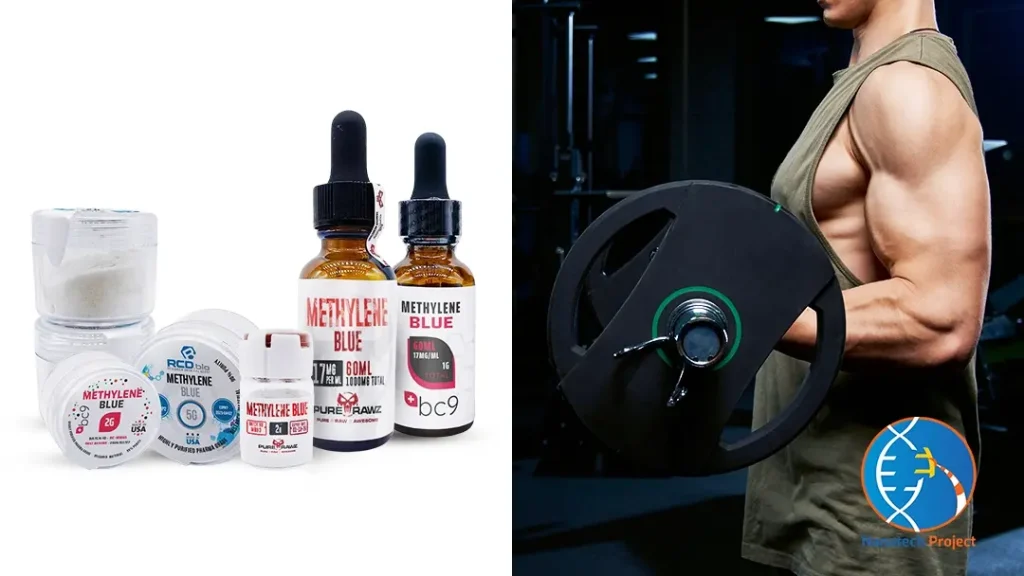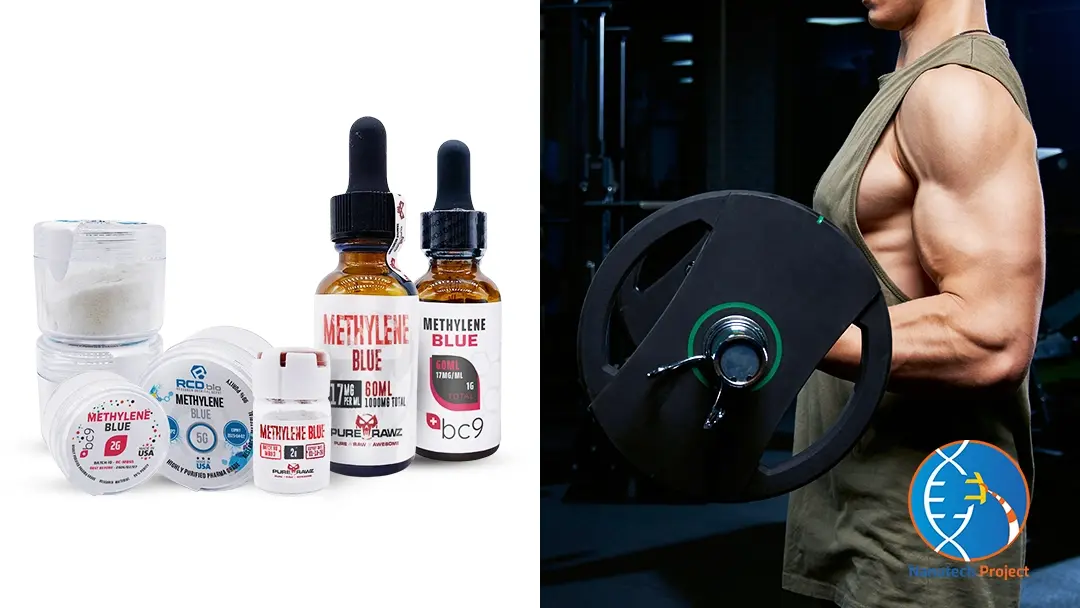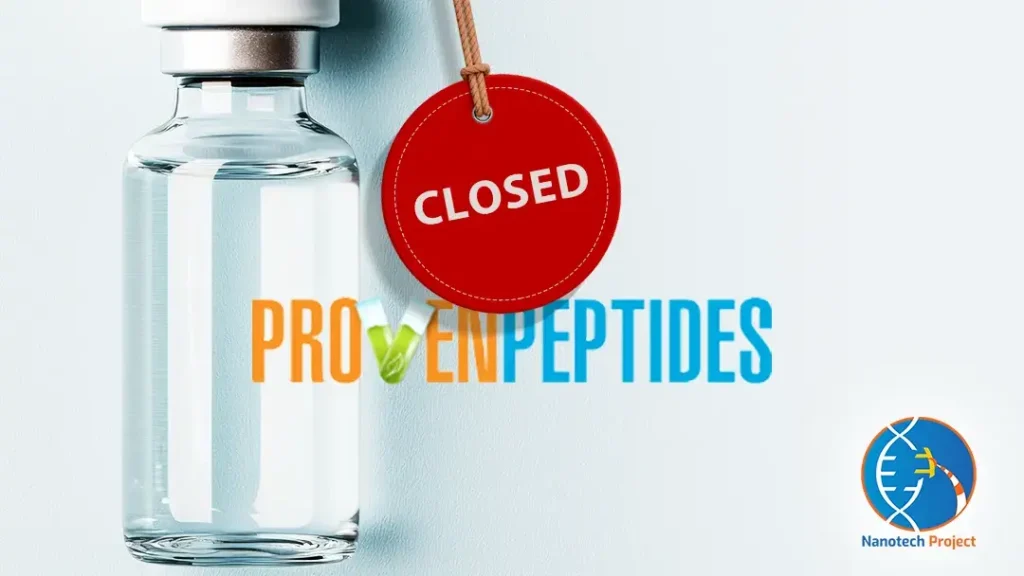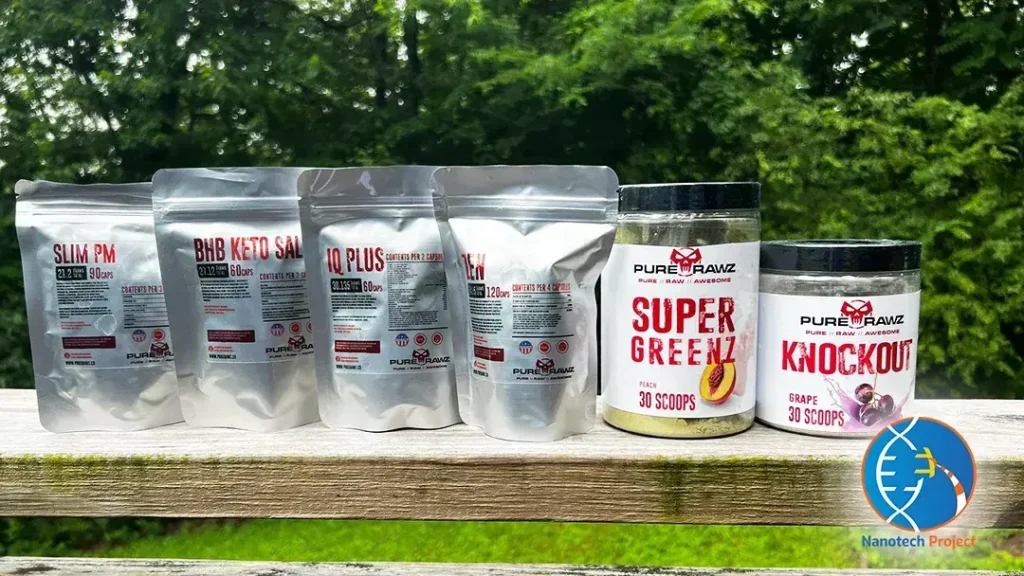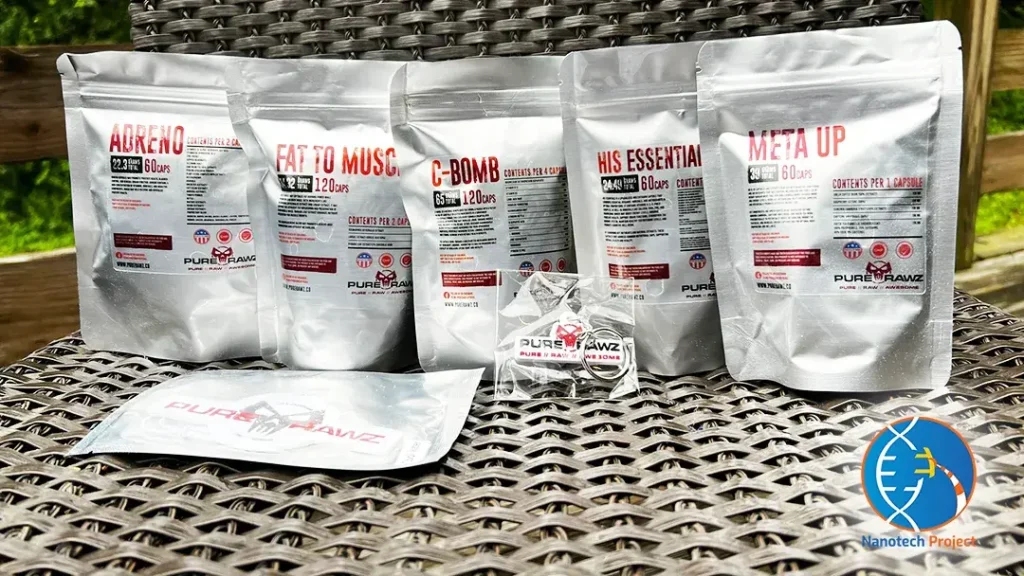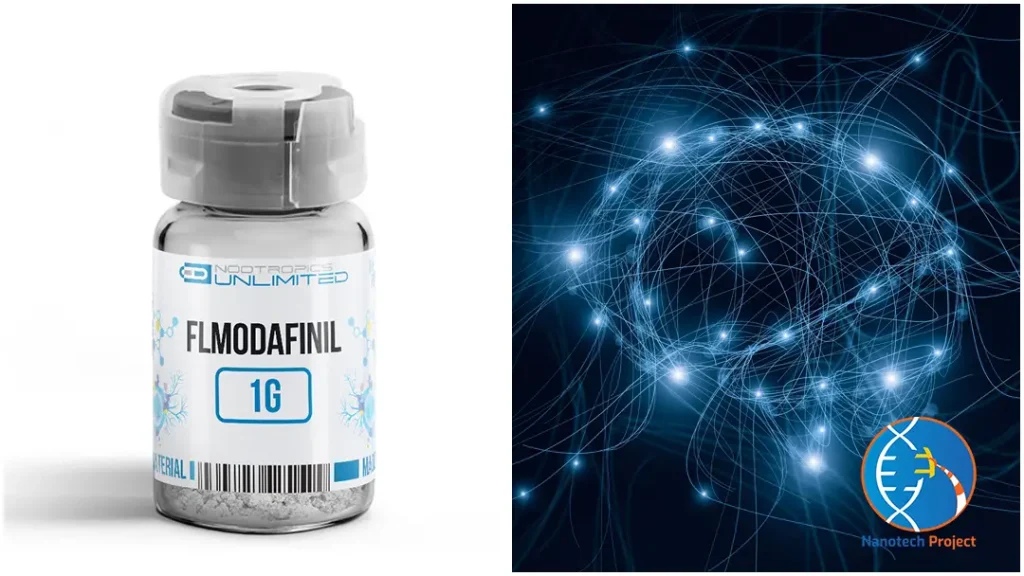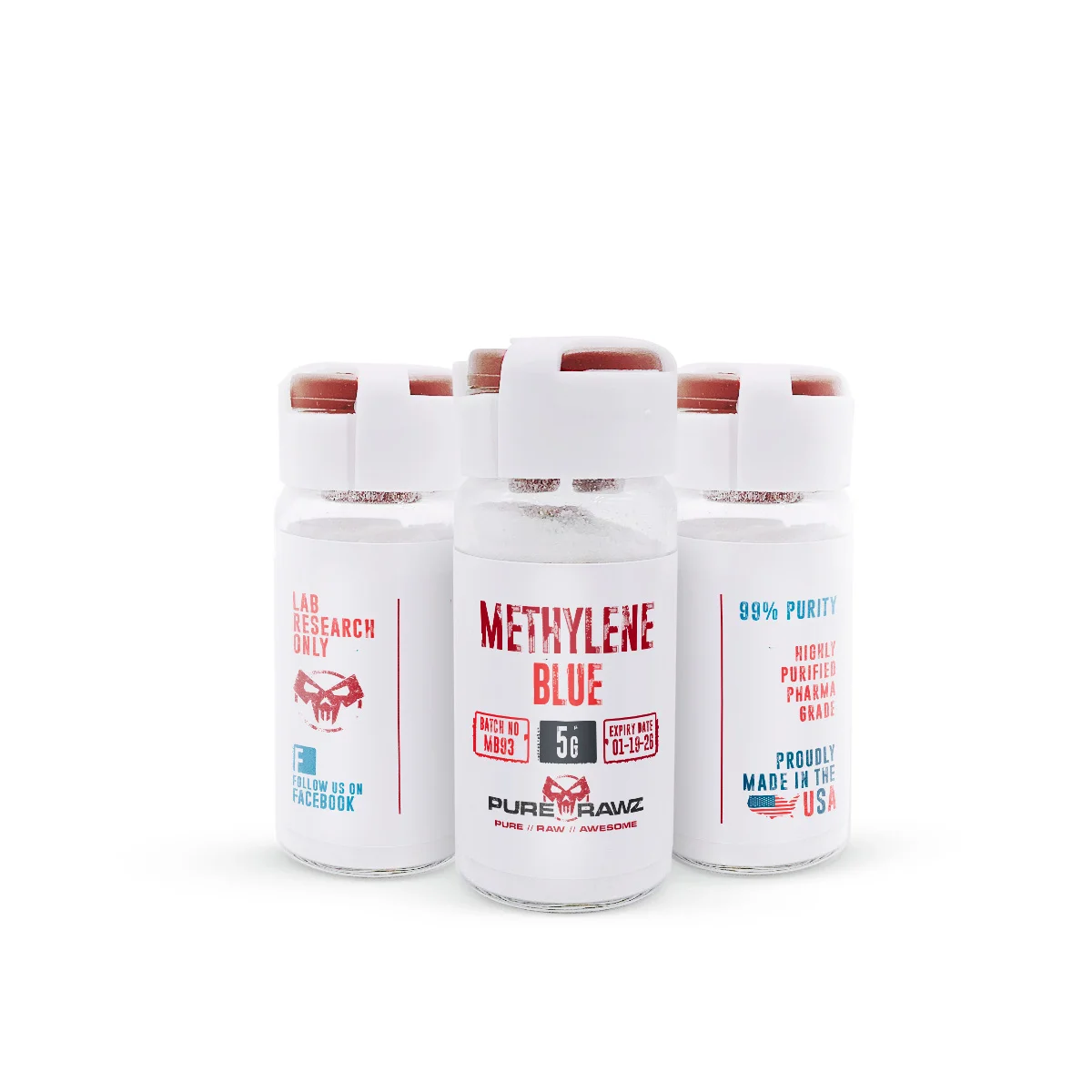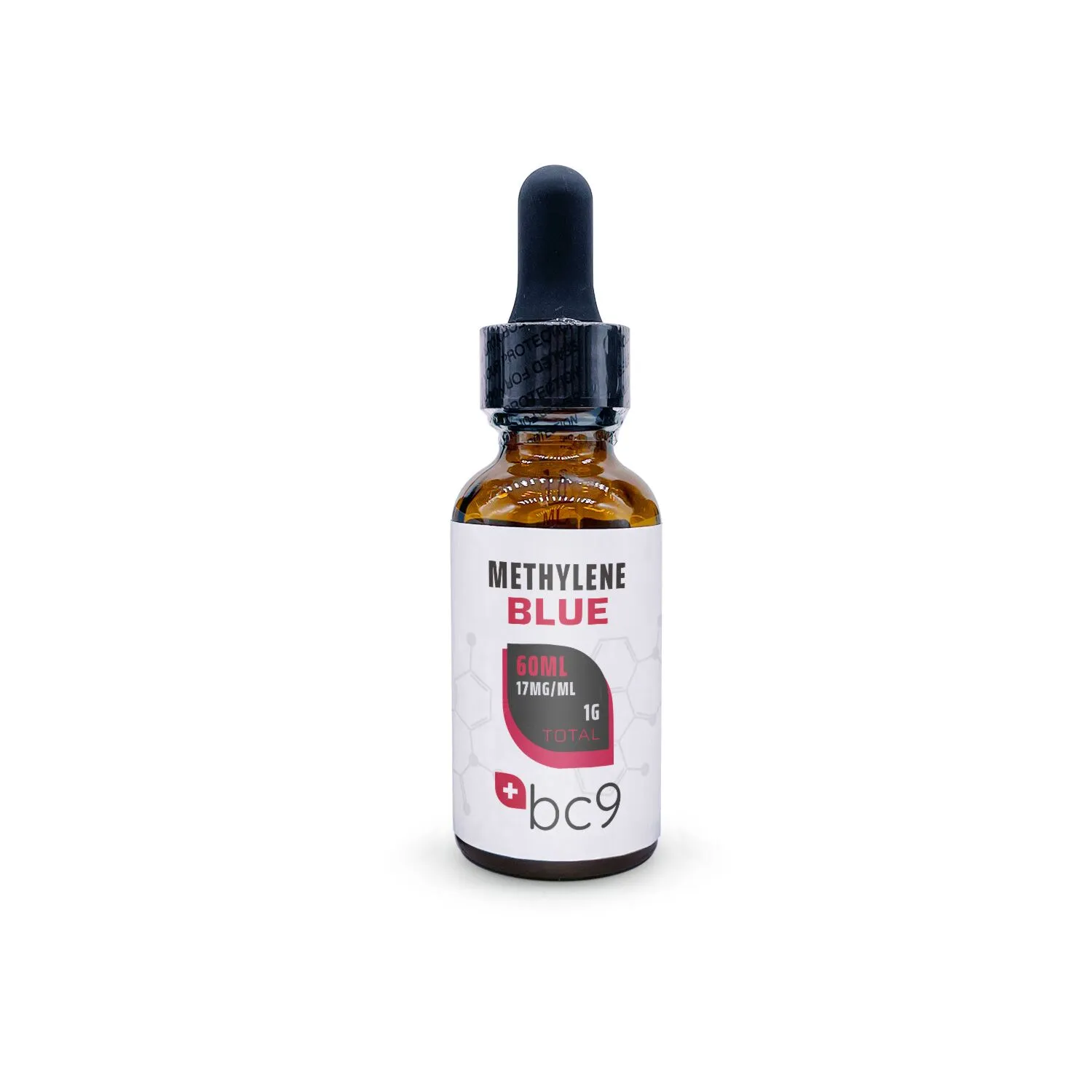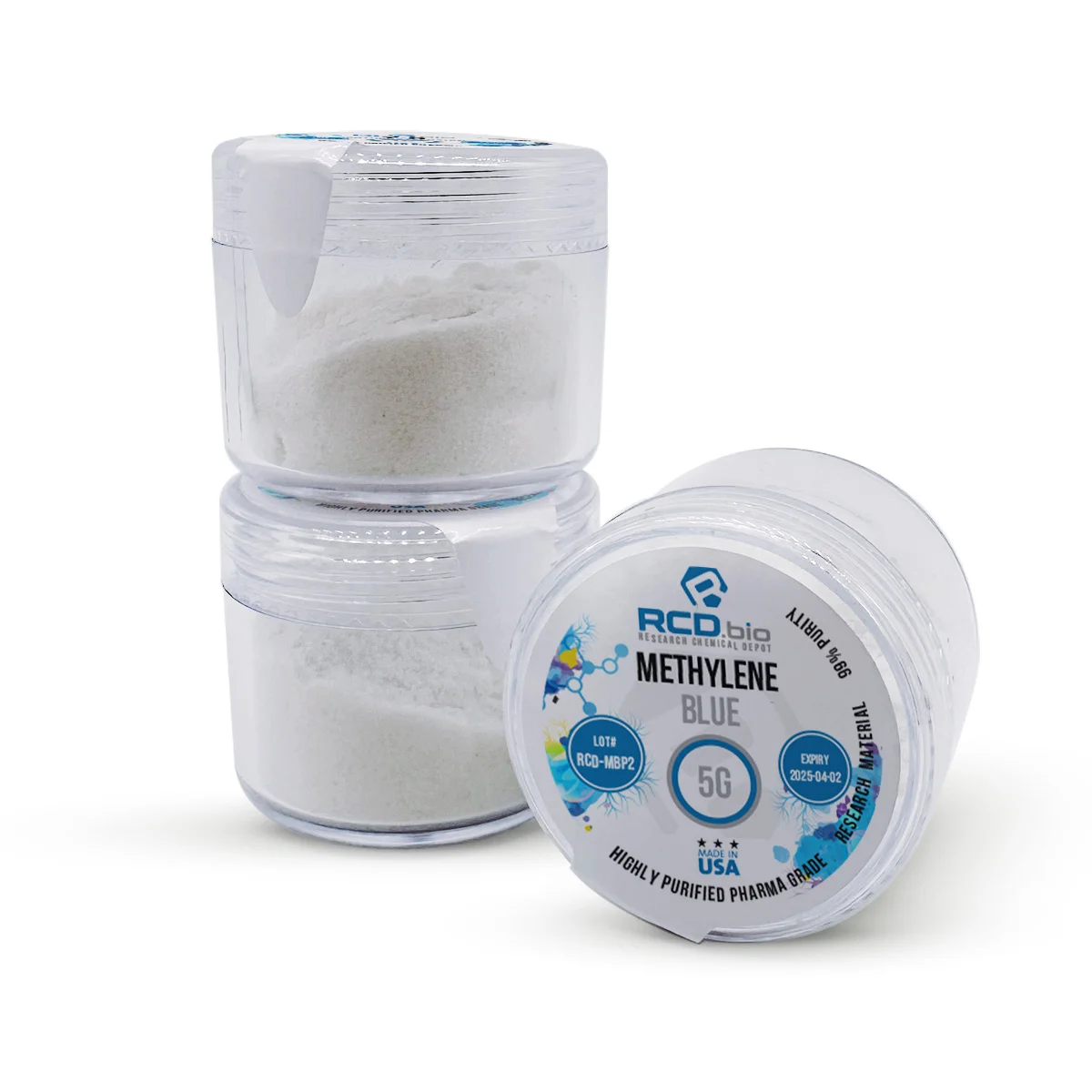Want to know a compound from the 19th century with potential health benefits? This intriguing compound is methylene blue. With a multifaceted role, it has shown several applications in modern medicine.
But how has this compound gained such impressive recognition? It is certainly because of its health benefits. This blog will explore the potential health benefits of methylene blue, from boosting energy levels and cognitive function to improving skin health and mood.
What is Methylene Blue?
Before discussing the potential benefits of methylene blue, it is necessary to understand this compound. It is a synthetic dye that is known for various therapeutic applications. Originally, it was developed in the 19th century to color clothing. Later, with a transition from a mere dye to a strong therapeutic agent, it was discovered to have medicinal properties.
This supplement has a distinct blue color and is often used for different applications including staining in histology and microbiology. Moreover, it is FDA-approved for the treatment of methemoglobinemia, a blood disorder. In addition to therapeutic uses, methylene blue has multiple health benefits, such as increasing cell longevity and improving wound healing.
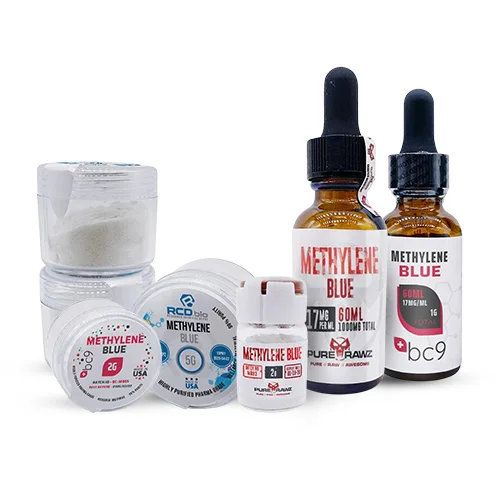
How Does Methylene Blue Work?
Methylene blue is an effective supplement in medical applications. It works in the cellular processes both as a reducing and oxidative agent. This makes it a potent substance for enhancing health and performance. It interacts with your cells in multiple ways. Some of the ways are mentioned below.
- It acts as a redox agent and electron carrier to facilitate energy production during the mitochondrial electron transport chain.
- As a potent antioxidant, methylene blue neutralizes the free radicals to reduce the damage they can cause.
- With neuroprotective benefits, it can potentially stabilize amyloid proteins in the brain and protect neurons from damage caused by oxidative stress.
- It can also act as a nootropic to enhance cognitive functions through neurotransmitter regulation and cyclic guanosine monophosphate (cGMP) stimulation.
What are the Health Benefits of Methylene Blue?
Due to cellular effects, methylene blue has multiple health benefits. These include the following.
1. Boost Energy Levels
As an electron carrier in the mitochondrial electron transport chain, methylene blue boosts the ability of mitochondria to produce ATP, the body’s energy currency. This leads to improved cellular energy levels and reduced fatigue. In turn, the overall body energy improves which keeps you empowered throughout the day.
2. Enhance Cognitive Functions
Methylene blue is often used in integrative medicines to enhance cognitive function and memory. Some studies suggest that it has the potential to work as a nootropic for improving the clarity and focus of the mind. It helps improve cognitive functions by regulating neurotransmitters and stimulating cyclic guanosine monophosphate (cGMP), molecules that can improve communication in brain cells.
3. Improve Skin Health
Among other benefits, methylene blue benefits for humans also include improving skin health. By acting as an anti-aging agent, methylene blue is a powerful tool for improving skin health. It helps neutralize free radicals to decrease oxidative stress. This leads to the rejuvenation of skin cells by reducing fine lines, wrinkles, and other signs of aging.
4. Increase Blood Flow
Through vasodilation and oxygenation, methylene blue is known to increase blood flow. It helps dilate blood vessels and can treat health conditions like hypotension. In addition, studies have also shown that it can increase the oxygen-carrying capacity of the blood to improve conditions associated with oxygenation issues.
5. Regulate Mood
Mood regulation is another health benefit of methylene blue. By regulating neurotransmitters and inhibiting serotonin, methylene blue can stabilize mood and reduce anxiety. This supplement can allow you to stay calm during stressful conditions in life.
What is Methylene Blue Used For?
In addition to its health benefits, methylene blue is known for various therapeutic applications. Some of its major uses include the following.
- Treating medical conditions: It has been investigated for treating various conditions, including methemoglobinemia, malaria, urinary tract infections, and neurodegenerative diseases like Alzheimer’s and Parkinson’s, due to its neuroprotective effects.
- Identification of abnormal cells: Healthcare providers use it to identify abnormal cells in the body like cancer cells. It is widely used to find gastrointestinal and lymph node cancers.
- Anti-microbial effects: In combination with red/infrared light therapy, methylene blue is used against viruses such as Lyme, COVID-19, HIV, Zika, and Ebola.
Recommended Methylene Blue Dosage
Methylene blue dosage depends on the specific use and the route of administration as it can be used orally and intravenously. Its recommended dosage is 1 mg/kg body weight intravenously over 5 to 30 minutes for adults and children over 4 months. This can be repeated after one hour if necessary.
Moreover, oral administration of methylene blue can be beneficial for methemoglobinemia. The typical oral dose is 10 to 20 mL of a 0.5% solution diluted in 100 to 200 mL of water.
Methylene Blue Side Effects
There are some side effects associated with methylene blue. Along with health benefits, it also causes certain side effects, including headaches, dizziness, confusion, and tremors. However, these side effects may vary depending on dosage and the individual’s health conditions.
Precautions
Certain precautionary measures should be followed while using methylene blue. These include the following.
- Consulting healthcare provider: It is important to consult a medical professional before using methylene blue for any health purpose.
- Avoid using methylene blue in certain conditions: Due to some mild health risks, you should avoid methylene blue if you are on serotonin-raising medications or have glucose-6-phosphate dehydrogenase (G6PD) deficiency.
- Monitoring: You should constantly monitor the health progress while using methylene blue.
- Careful Administration: For IV use, inject methylene blue slowly over several minutes to prevent local high concentrations from increasing additional methemoglobin.
Conclusion
Methylene blue is a well-known supplement for its applications in treating contemporary medical conditions. Along with treatment benefits, it offers several other health benefits including improved mood, boosted energy, and enhanced cognitive functions. As research continues, the potential health benefits of methylene blue are likely to expand.
Frequently Asked Questions (FAQs)
Can you take methylene blue every day?
No, Due to its side effects, the routine use of methylene blue is not recommended. However, it may vary depending on the purpose of using it.
Is methylene blue good for the brain?
Yes, methylene blue is good for the brain due to its neuroprotective benefits.
Does methylene blue make you look younger?
Yes, methylene blue may make you look younger by reducing fine lines and wrinkles while improving healthy skin.
Is methylene blue safe?
Yes, methylene blue is generally considered safe when used appropriately.
Is methylene blue good for kidneys?
Yes, methylene blue may be good for kidneys. Studies have shown that its use may help prevent kidney stone formation.
References
- Jack Clifton, I. I., and Jerrold B. Leikin. “Methylene blue.” American journal of therapeutics 10.4 (2003): 289-291.
- Khan, Idrees, et al. “Review on methylene blue: Its properties, uses, toxicity and photodegradation.” Water 14.2 (2022): 242.
- Oz, Murat, Dietrich E. Lorke, and George A. Petroianu. “Methylene blue and Alzheimer’s disease.” Biochemical pharmacology 78.8 (2009): 927-932.
- Miclescu, Adriana, and Lars Wiklund. “Methylene blue, an old drug with new indications.” J Rom Anest Terap Int 17.1 (2010): 35-41.
